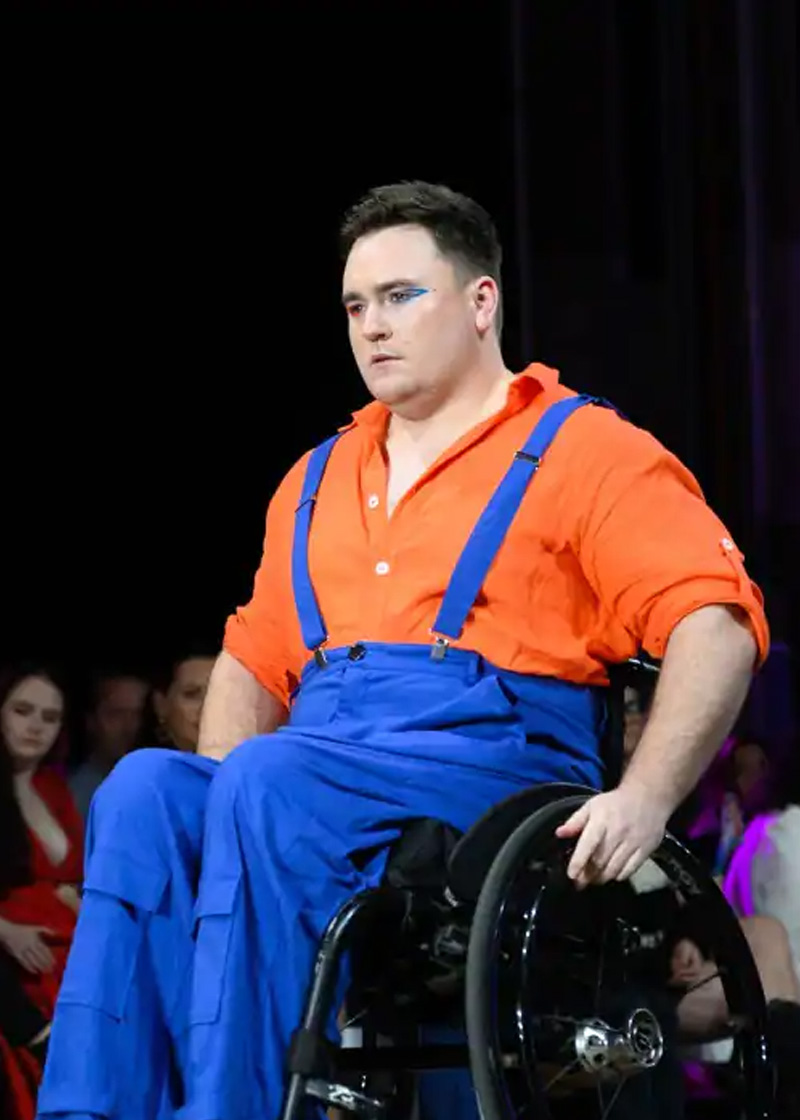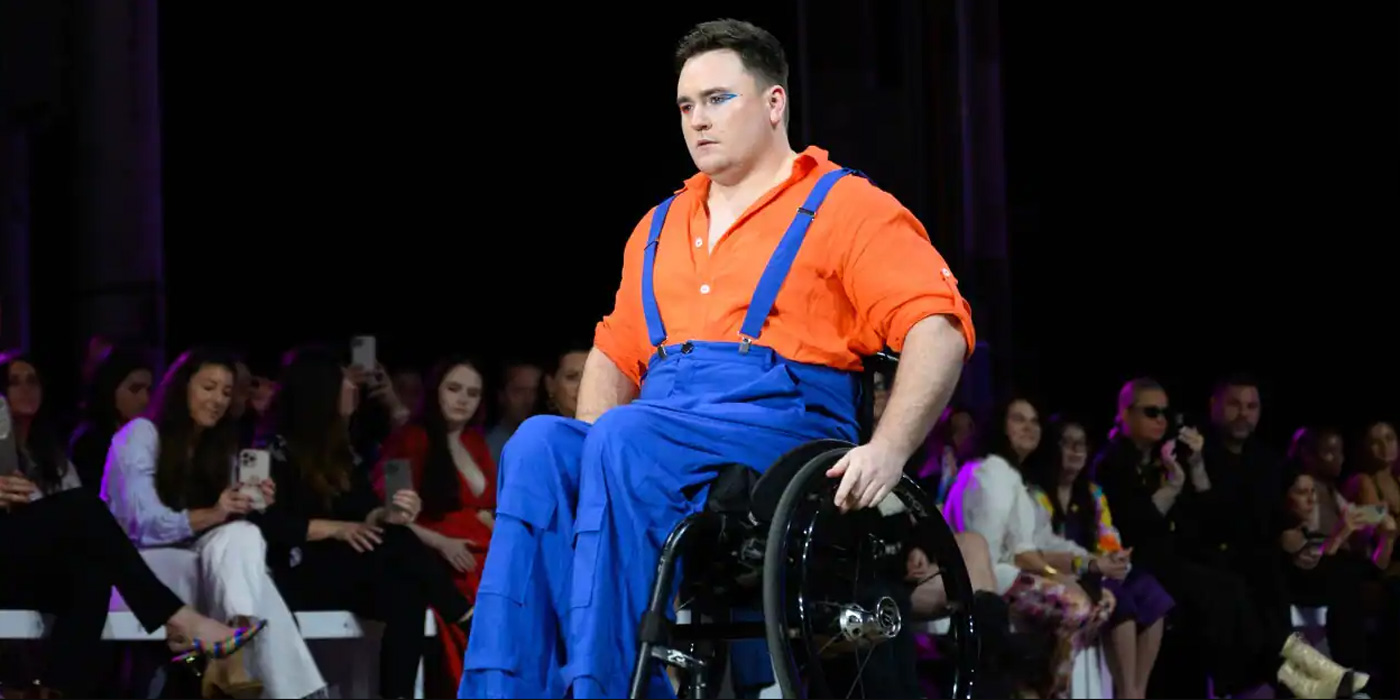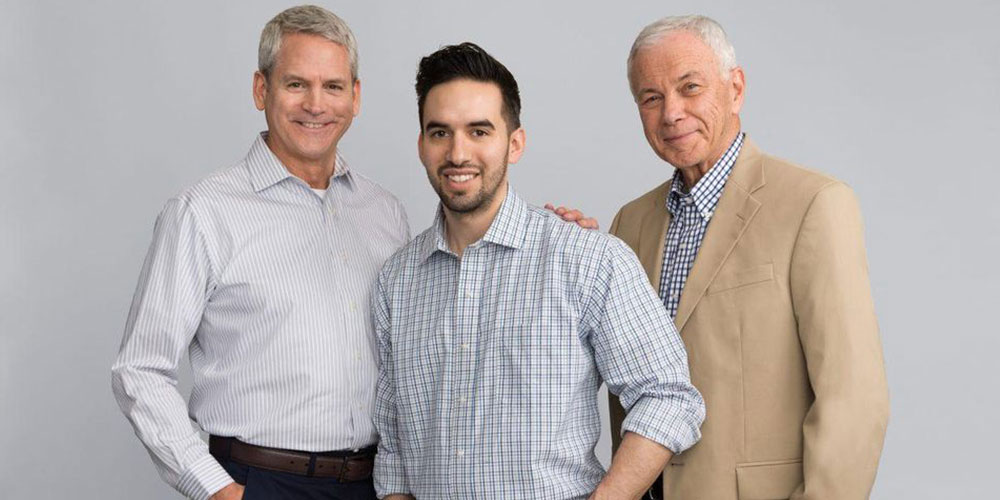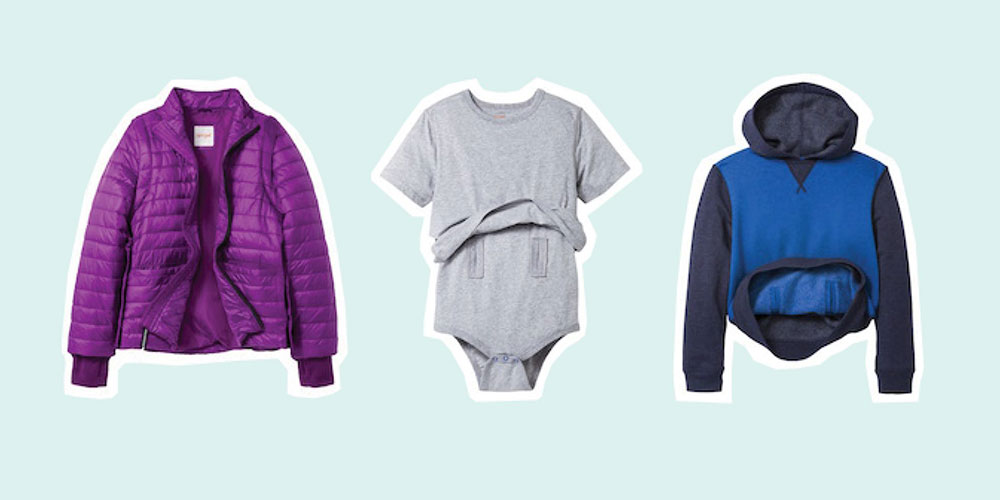[Image: The Adaptive Clothing Collective fashion show featured items designed for people with disability. Source: AAP / JAMES GOURLEY]
If you tuned in to Australian Fashion week you would have seen, for the first time in history, a dedicated adaptive fashion line created for people with a disability. The Adaptive Clothing Collective featured expressive designs from Jam the Label and Christina Stephens, the latter being a collaboration between Brisbane based designers Jessie Sader and Carol Taylor, with Taylor being the first quadriplegic fashion designer.
There is no question that inclusive clothing is heavily unrepresented and underplayed within mainstream fashion, with this year's show proving that the possibilities for stylish and functional pieces are endless. While there is still a long way to go, brands are sitting up and taking notice.
So, what does “adaptive clothing” look like?
Adaptive clothing is specifically designed to cater for the needs of people with a disability. There are many variations that can be made to address the issues that come with purchasing main-stream clothing. This can include:
- Zippers that can be operated with one hand
- Replacing buttons with magnetic closures
- Clothing and footwear you can get into while seated
- Clothing made in certain fabrics with no physical tags or labels
- Clothing that provides easy access to the stomach for the wearer to access medical devices
- Shoes without laces
- Single-shoe purchases
Around 1 in 6 people in Australia – or about 4.4 million – are living with a disability, that’s a huge market for adaptive designs.
In her interview with Vogue, Maria O’Sullivan-Abeyratne, CEO and Founder of Adaptista said it best; “Designers are afraid to enter the adaptive market because they think they’ll make a mistake or say the wrong thing, but there are so many ways they can get started.”
“It just takes a little bit more thinking in design, and a lot more talking to people who need this kind of clothing.”
After all this talk of fashion you might be dying to open some tabs and start adding to cart. To make it easy for you, we’ve rounded up some of our favourite adaptive options on the market.
EveryHuman
Inclusive Australian brand Everyhuman has a vast range of inclusive clothing, from single shoes with different widths and sizes, to easy-closure clothing.
Christina Stephens
Brisbane-based fashion label and Fashion Week debutant Christina Stephens goal is to bring adaptive clothing to mainstream retailers, with options for both men and women
Tommy Hilfiger
Market leader Tommy Hilfiger launched their first adaptive fashion line in 2017 featuring all the favorites modified with one-handed zippers, magnetic buttons, and seams that open to accommodate prosthetics.
Guide Beauty
Created by a makeup artist who has Parkinsons, Guide Beauty produces cosmetic tools that are suitable for everyone to use.
While there is a long way to go for fashion to fully embrace and practice inclusive design, the growing demand and recent spotlight on adaptive clothing will hopefully be the push the market needs.






